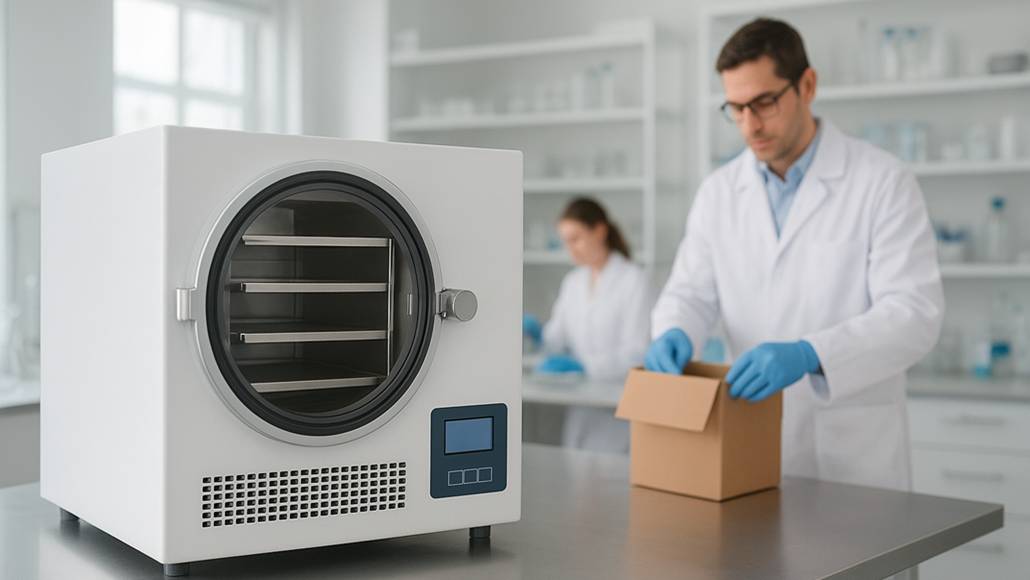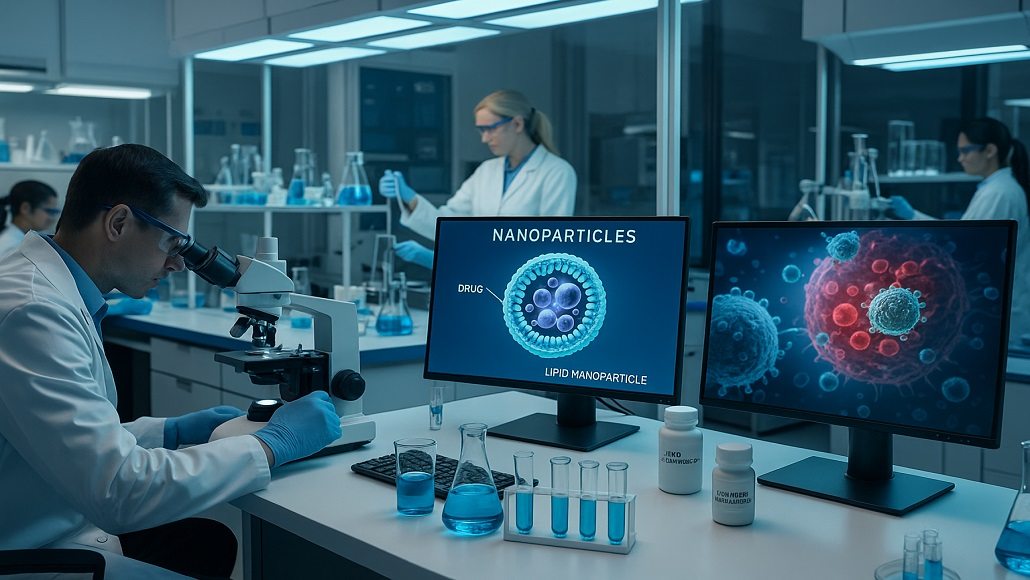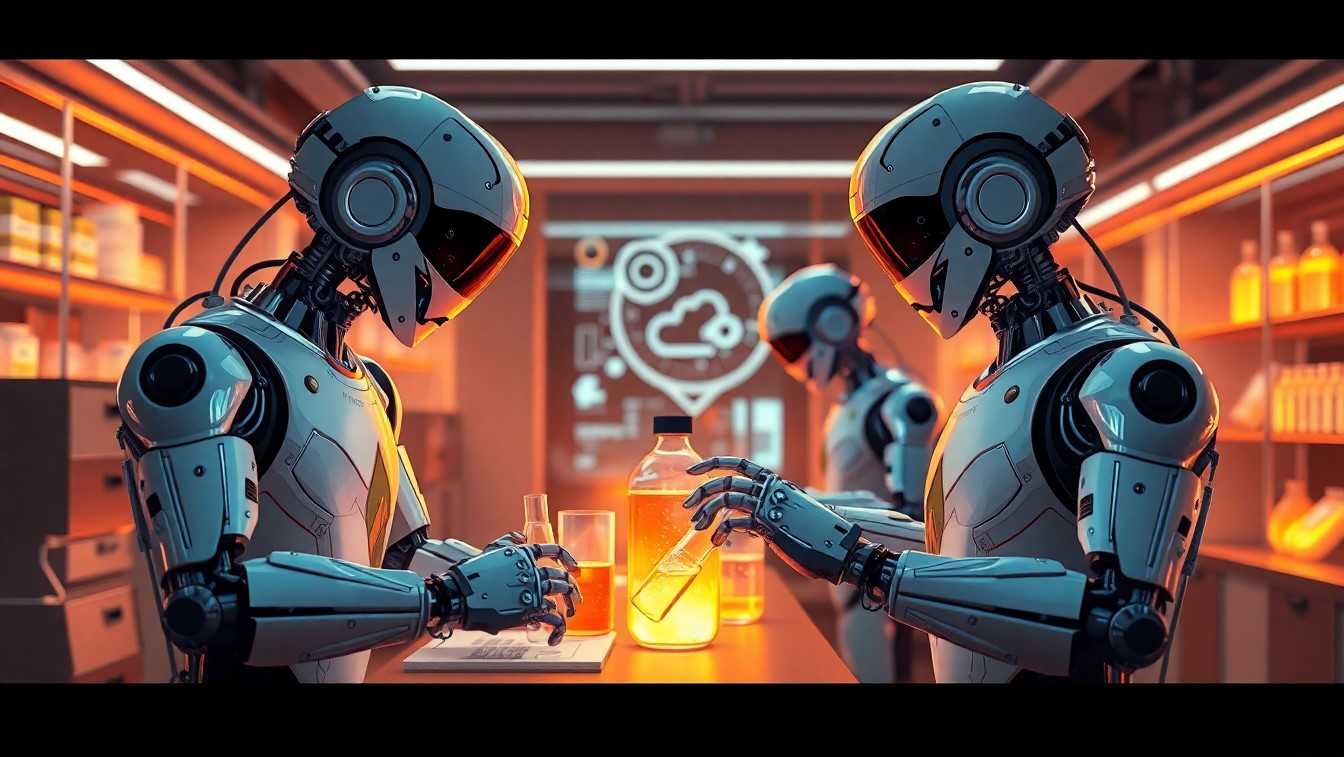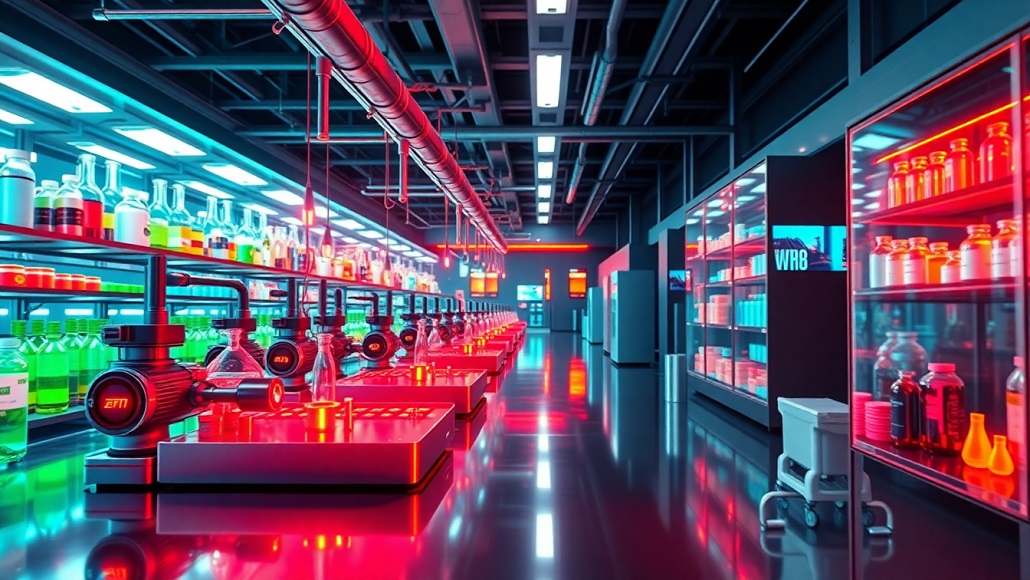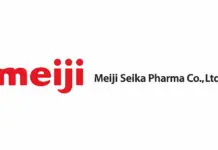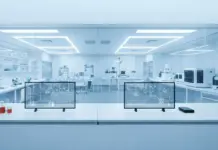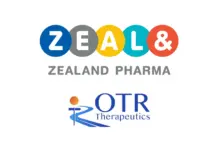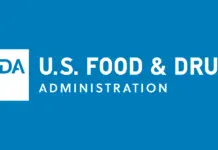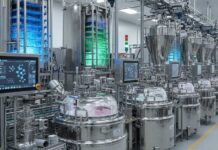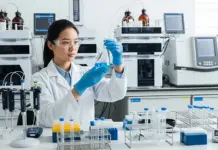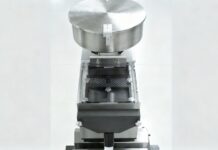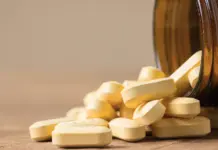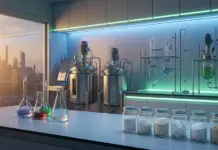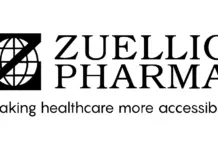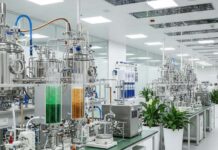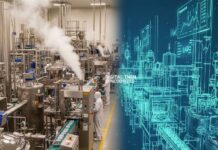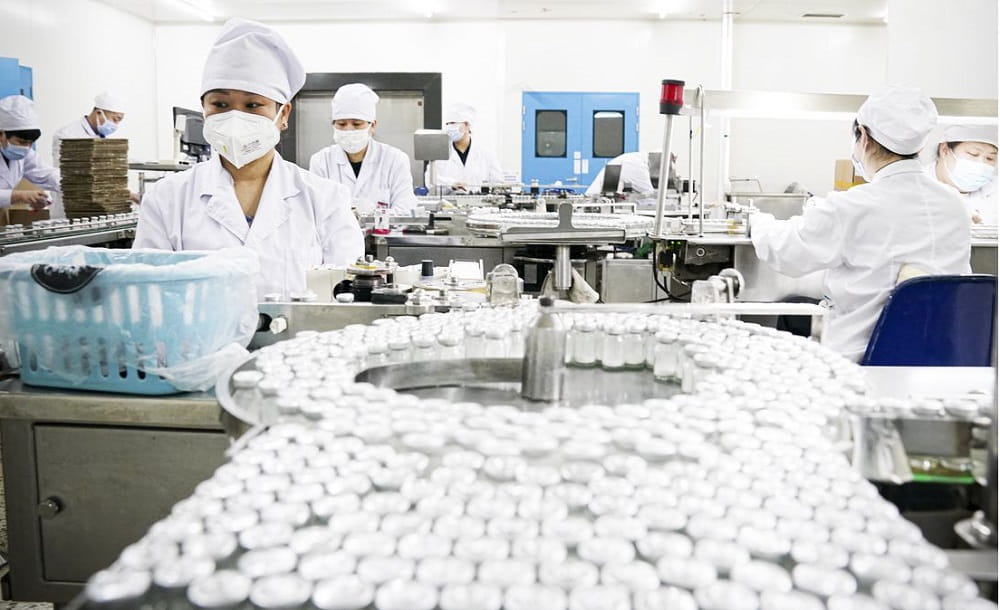The global push towards sustainability is undeniable and is becoming increasingly evident in various aspects of our daily lives, from the vehicles we use to the food we consume. While patient well-being remains the top priority for the pharmaceutical industry, now is the opportune moment for pharmaceutical companies to recognize the significance of environmental health.
The Packaging and Packaging Waste Regulation proposal, introduced by the European Commission on November 30th last year, is poised to revolutionize pharmaceutical packaging. Upon final approval, expected to be phased in from 2025, the proposal will likely undergo some adjustments during its legislative journey, yet the core essence of the provisions is anticipated to remain constant. Consequently, several fundamental aspects of pharmaceutical packaging are poised to fall under the ambit of sustainability regulations for the first time.
Distinguishing PPWR from its predecessor, the Packaging and Packaging Waste Directive (PPWD), reveals its distinctive focus. PPWR seeks to address two primary challenges faced by the European Union. Firstly, it aims to tackle the escalating production of packaging waste across Europe. Secondly, it aims to overcome obstacles to achieving packaging circularity, a state where packaging waste is effectively recycled, as opposed to being incinerated or landfilled.
The earlier Packaging and Packaging Waste Directive (PPWD), enacted in 1994, aimed at the same issue but yielded limited success. Varied recycling rates among EU Member States, particularly concerning plastic recycling, underscore the EU’s struggle to meet its recycling targets. This is where PPWR steps in, introducing new goals for both member states and businesses, expanding its purview to encompass healthcare products, and addressing all forms of packaging, including primary, secondary, and tertiary packaging. Member States are mandated to progressively reduce packaging waste generation, aiming for a 5% reduction per capita by 2030, 10% by 2035, and 15% by 2040. To ensure adherence, the regulation introduces stringent regulatory measures, enhancing its efficacy compared to its predecessor.
The impact of PPWR on healthcare packaging is noteworthy. It introduces a prohibition on excessive packaging, requiring solutions that minimize size and weight. This approach promotes efficient packaging design, minimizing wasted space. Consequently, protective features like double-walled packaging or false bottoms would become less viable and should be phased out unless essential for product protection. While this might necessitate creative redesigns and the use of lighter plastic or board materials, the legislation encourages the development of innovative pharmaceutical packaging that remains cost-effective, maintains performance, and considers the recyclability of materials.
Perhaps the most striking objective of PPWR is its aim to decouple growth from resource consumption, aligning the pharmaceutical industry with circular economy principles. By 2035 (earlier for other sectors), PPWR mandates that 100% of pharmaceutical packaging be designed for recycling (DfR Grade D or higher) and demonstrably recyclable at scale. This calls for packaging designs that facilitate efficient recycling, ease of collection, and separation into distinct waste streams. Moreover, the resulting secondary material should be of sufficient quality to substitute primary material. Notably, paper-based materials, prevalent in cartons and corrugate, stand out as a suitable choice for enhancing secondary and tertiary packaging sustainability due to their high recyclability rates.
Addressing sustainable primary pharmaceutical packaging is more intricate. While certain common materials, such as PVC, PVDC, PS, and aluminum blister packs, offer indispensable barrier and hygiene properties, their recyclability is limited. This presents a challenge that necessitates industry-wide solutions, drawing inspiration from other sectors that have embarked on similar journeys earlier.
Drawing parallels from the food industry’s efforts to enhance sustainability and circularity in packaging provides valuable insights for the pharmaceutical sector. Innovations in fiber-based solutions, which emulate plastic performance, have gained traction in the food packaging domain. These solutions involve the use of fiber-based materials alone or combined with barrier coatings or mono-polymer films to create hybrid options.
The potential inclusion of food-grade PE, chemically recycled to prevent contamination, could allow both the food and pharmaceutical industries to incorporate post-consumer recycled content in flexible and barrier materials. This expansion of circular design possibilities is a notable aspect of PPWR. Companies like Graphic Packaging International, with expertise in both the global food and pharmaceutical industries, can play a pivotal role in adapting and applying these innovative solutions to create a more sustainable future for pharmaceutical products.
While Design for Recycling (DfR) measures are crucial, Europe’s waste collection and recycling systems must evolve to accommodate materials potentially contaminated with active substances. Cross-industry collaboration is imperative to address this challenge. These unparalleled times necessitate extraordinary actions to ensure a healthier planet for the future.
Embracing fiber-based innovations that have proven successful in other sectors allows the pharmaceutical industry to navigate uncharted waters while safeguarding patients and the shared planet.



